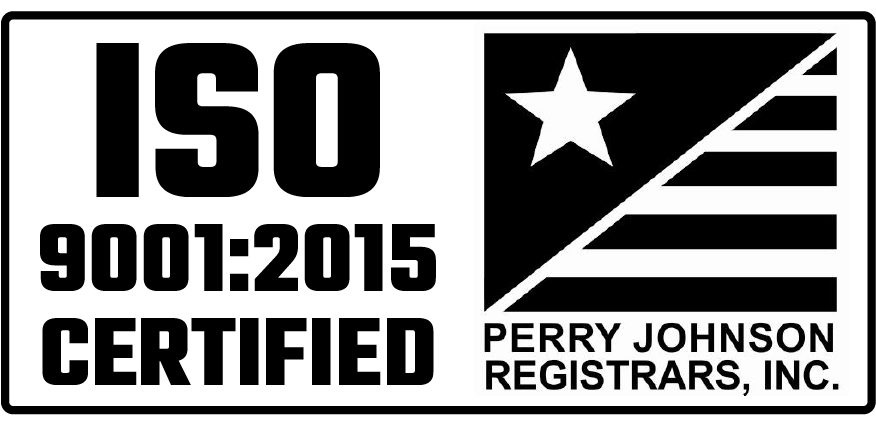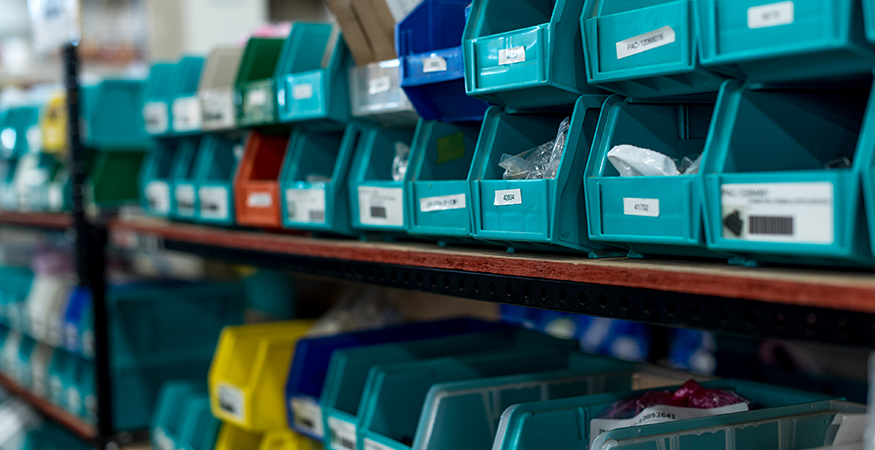Holding on to components and assemblies that are no longer in production can drain resources and take up valuable space. Putting an inventory management process in place to properly handle parts that have become obsolete and those approaching the end of their life cycle will help your organization increase efficiency and save time and money.
First, let’s define both terms and then dive into tips for managing them.
- Obsolescence (OBS) is the process of becoming outdated and no longer being used. This term is typically associated with lower-level parts, commonly known as purchase parts. A parts vendor can replace one part with another due to raw material availability, customer demand or technology advancements
Example: A lighting manufacturer might decide to stop producing incandescent light bulbs in favor of producing more LED bulbs - End of Life (EOL) indicates a product (typically a higher-level assembly) is at the end of its useful life, so the vendor stops marketing, selling or reworking to sustain it
Example: An industrial refrigeration equipment manufacturer designs new refrigerator models regularly, and eventually it will stop selling and servicing older models
OBS and EOL Management and Tips
While OBS and EOL can be related, they aren’t always linked; therefore, it’s critical to have a separate process for each. It’s possible to realize that, while you’re obsoleting a purchase part, the higher-level assembly it was purchased for hasn’t been built for a while and needs to be run through the EOL process.
Either way, both of the processes should attempt to answer similar questions:
- What are the indicators that an OBS or EOL process should take place?
- Who will research past, current, and future orders to understand the impact?
- What will you do with the actual parts that are OBS or EOL?
- Who will bear the financial burden of scrap costs, returns, inventory changeover, etc. (your company, suppliers, customers)?
- How do you manage the changeover, and which department will oversee it?
- How will the OBS or EOL be communicated internally and externally?
A good way to begin managing OBS and EOL is to put together a team to build and manage the processes. While every organization needs to manage OBS and EOL in its own way, these tips can help you get started:
- Create a report that flags the OBS and EOL team when a part has reached its “shelf life”
- Use part numbers and order history to understand what parts haven’t been built for a specific amount of time. This could be six months or two years, whatever your company finds to be a sufficient amount of time
- Keep the process running on a regular basis so you don’t end up with a cumbersome backlog of OBS or EOL parts
- Have the OBS and EOL team use the report to let your sales team know when it’s time to ask a customer about slow-moving parts or products
- Building that customer intimacy will help your sales force gain credibility and learn more about your customers’ products, needs and market cycles
- Designate an area where the OBS and EOL team can stage affected inventory during the process so it doesn’t find its way into production
- This area can be fairly small because the inventory should flow through efficiently, especially if you operate on the FIFO system (first in, first out)
- A small area can also help you keep an efficient pace since you don’t have a lot of room to let inventory hang out and accumulate
- Learn from any gaps you might find in the process to make it better
OBS and EOL: Not Necessarily the End of the Road
On occasion, a part that goes through an OBS or EOL process can come back into production, whether through an aftermarket order or other means. These processes just aim to help your company manage inventory better by reducing the number of stale parts on your shelves. If the part comes back to life, it should be treated as a new item. Restocking OBS and EOL components can make forecasting for part orders difficult. However, the fact that it previously went through the OBS or EOL process should be recognized and can help you fully understand how many are needed to avoid ordering excess inventory of the part again.
Any manufacturer that produces goods, whether from raw materials or purchased parts, should be concerned about managing inventory efficiently through OBS and EOL on some scale, especially if Lean principles drive your manufacturing processes. Looking for a refresher on Lean Manufacturing? Download Tips for Successfully Implementing Lean Manufacturing Practices to brush up and maybe even glean a few new insights. Click the button below for your tip sheet.





